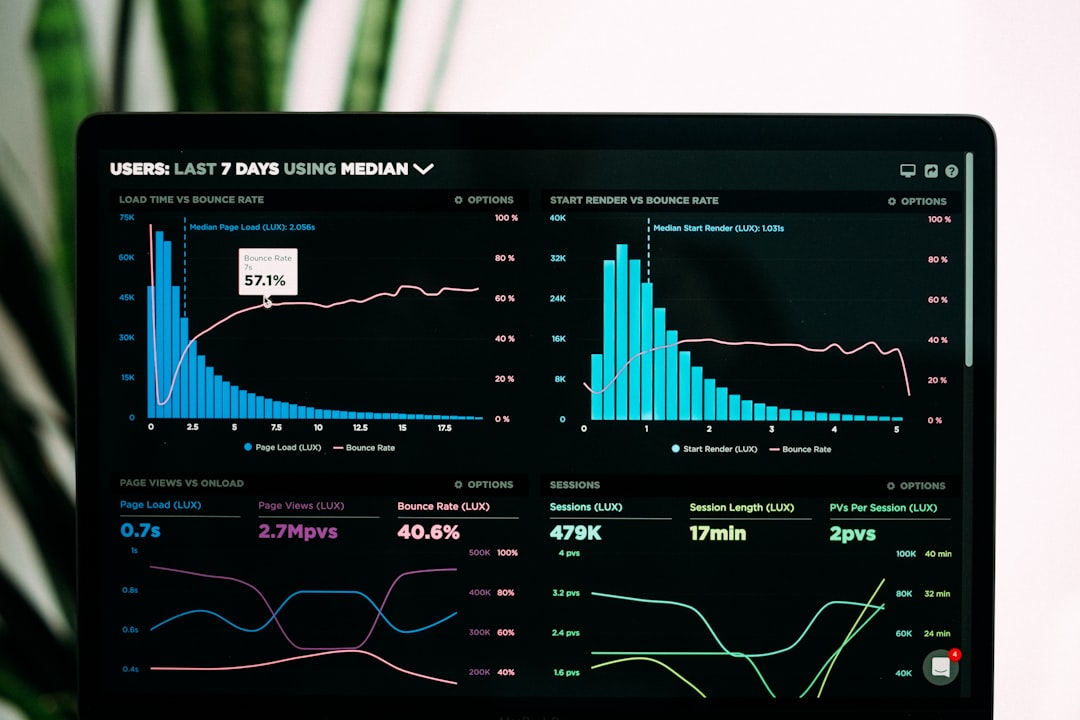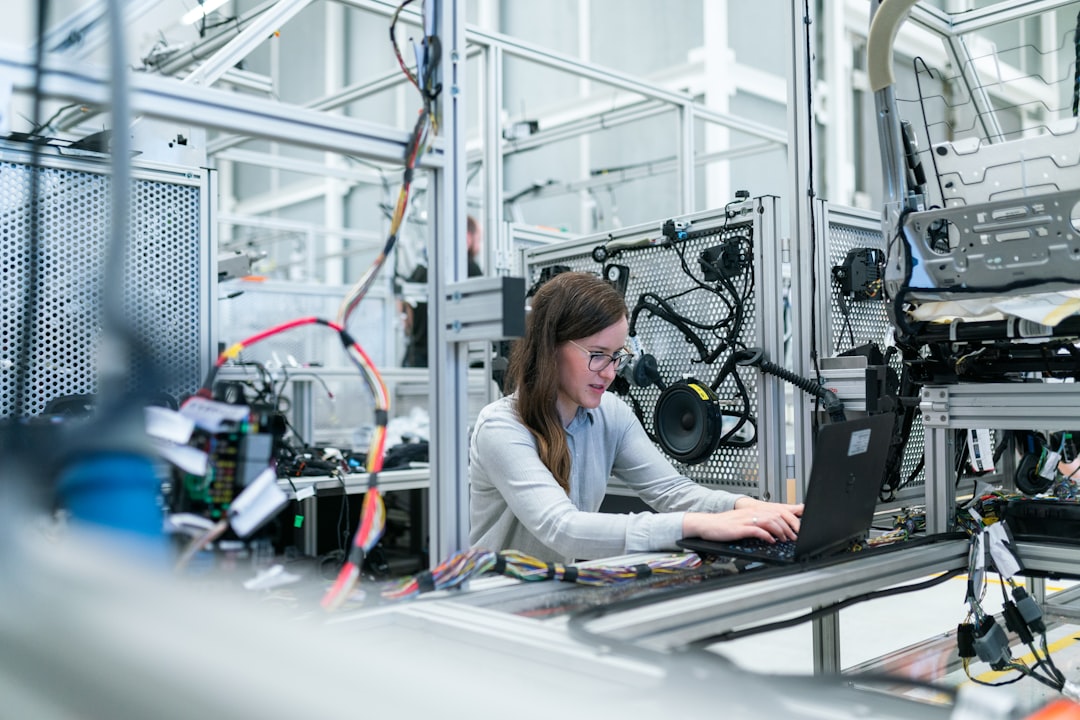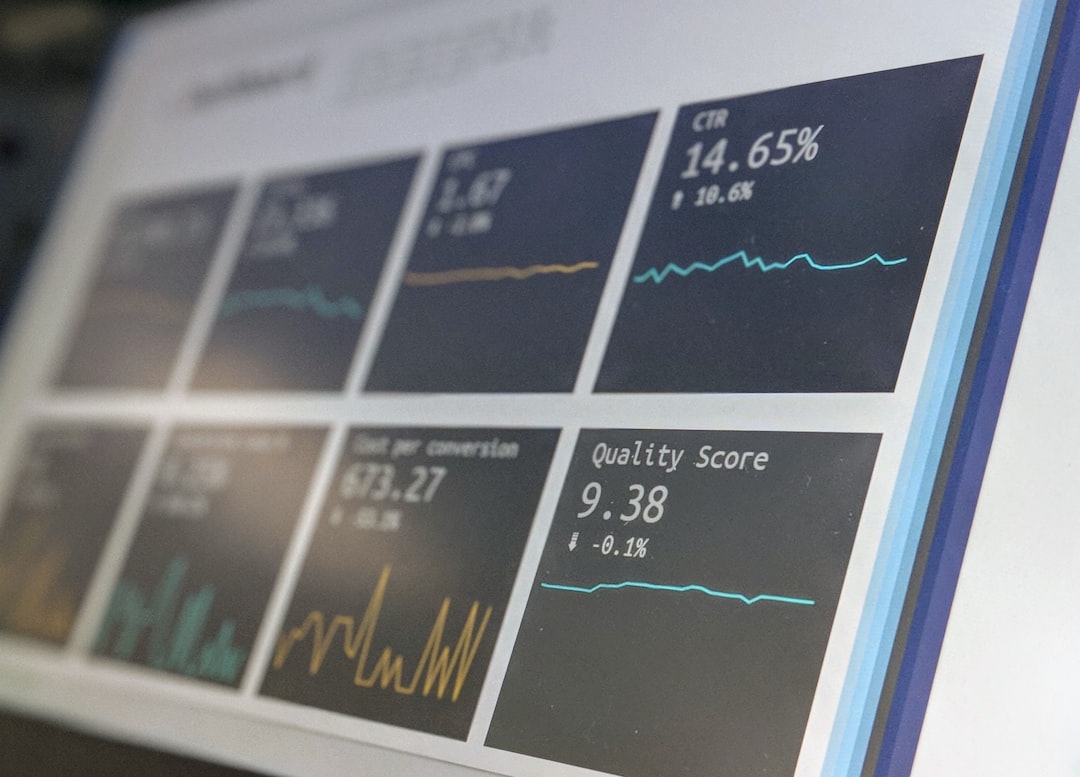
Understanding the Basics of International Trade
# Understanding the Basics of International Trade. International trade is a pivotal component of the global economy, facilitating the exchange of goods and services across countries. In essence, it allows nations to expand their markets, diversify their resources, and access products that may not be available domestically. Understanding the foundational principles of international trade can help individuals, businesses, and governments navigate the complexities of the global marketplace. ## What is International Trade?. International trade refers to the exchange of goods and services between countries. This trade allows nations to specialize in the production of goods they can produce efficiently while importing those they cannot produce as effectively. For instance, a country with abundant natural resources may export raw materials while importing manufactured products. The result is a mutual benefit that enhances the economic welfare of participating nations. Governments play a significant role in regulating international trade through policies that encompass tariffs, trade agreements, and import/export restrictions. These policies can both incentivize and limit trade, impacting the flow of goods across borders. The World Trade Organization (WTO) serves as a pivotal entity in facilitating international trade agreements and resolving trade disputes among member nations. ## Benefits of International Trade. The advantages of international trade are robust and manifold. Firstly, it enables countries to access a larger market beyond their local borders, thereby amplifying their sales potential. This increased market access can lead to economies of scale, lowering production costs while simultaneously allowing businesses to specialize in niches they excel in. Additionally, international trade fosters competition, encouraging innovation and improving quality as businesses strive to meet the demands of a diverse consumer base. Moreover, it provides consumers with a broader range of products at competitive prices, enhancing overall quality of life. Lastly, international trade can promote economic growth. By allowing countries to export surplus production and import goods that are scarce, nations can maintain economic stability and enhance their standards of living. ## Challenges of International Trade. Though the benefits are substantial, there are also challenges associated with international trade. Firstly, dependency on foreign markets can pose economic risks. For example, political instability, economic downturns, or natural disasters in exporting countries can disrupt supply chains, affecting availability and prices in importing nations. Furthermore, trade imbalances may arise, where one country exports significantly more than it imports. This imbalance can lead to economic vulnerabilities and potential conflicts over trade practices. Issues such as currency fluctuations, tariffs, and trade barriers can also complicate international transactions, requiring astute negotiation skills and market knowledge. Another challenge includes varying regulations and standards across countries. Different nations may have specific requirements for product safety, environmental standards, and quality assurance that can complicate the export process. Importers must navigate these regulations to successfully bring goods into their markets. ## Trade Agreements and Their Importance. Trade agreements are formal accords between two or more nations to facilitate trade and reduce barriers. These agreements can take many forms, such as free trade agreements (FTAs), customs unions, or economic integration agreements. Some of the most well-known trade agreements include the North American Free Trade Agreement (NAFTA), now known as the United States-Mexico-Canada Agreement (USMCA), and the European Union (EU) single market. Such agreements are crucial as they lay down the framework for trade operations, outlining tariffs, import quotas, and export obligations. By reducing barriers to trade, these agreements enhance economic cooperation, foster stronger ties between nations, and promote peace through economic interdependence. ## The Role of Technology in International Trade. In recent years, technology has transformed the landscape of international trade. E-commerce platforms enable businesses to reach global audiences more efficiently, allowing even small enterprises to participate in international markets. Furthermore, advancements in logistics, such as automated warehousing and real-time shipping tracking, have streamlined the supply chain process, reducing costs and improving delivery times. Data analytics tools empower businesses to make informed decisions regarding market entry strategies, demand forecasting, and risk assessment. The advent of blockchain technology has also revolutionized trade by improving transparency and security in transactions. Digital currencies like Bitcoin can potentially revolutionize the way international payments are processed, allowing for faster and more secure transactions across borders. ## Conclusion: The Future of International Trade. Understanding the basics of international trade is vital in today’s interconnected world. As businesses seek to expand their operations and diversify their markets, the intricacies of global trade must be navigated with knowledge and strategic foresight. Challenges, when understood, can become opportunities for growth and innovation. As technology continues to advance, the landscape of international trade will evolve, creating new paths for economic prosperity. By grasping these fundamentals, individuals and businesses can not only contribute to their local economies but also play an integral role in the global market. ## Image Searches Related to International Trade. To find relevant images for this topic, use search tags such as 'trade agreements', 'international market', 'global economy', 'import export', and 'international trade logistics'. These will help you access a variety of visual resources that correspond to the dynamics of international trade. .








